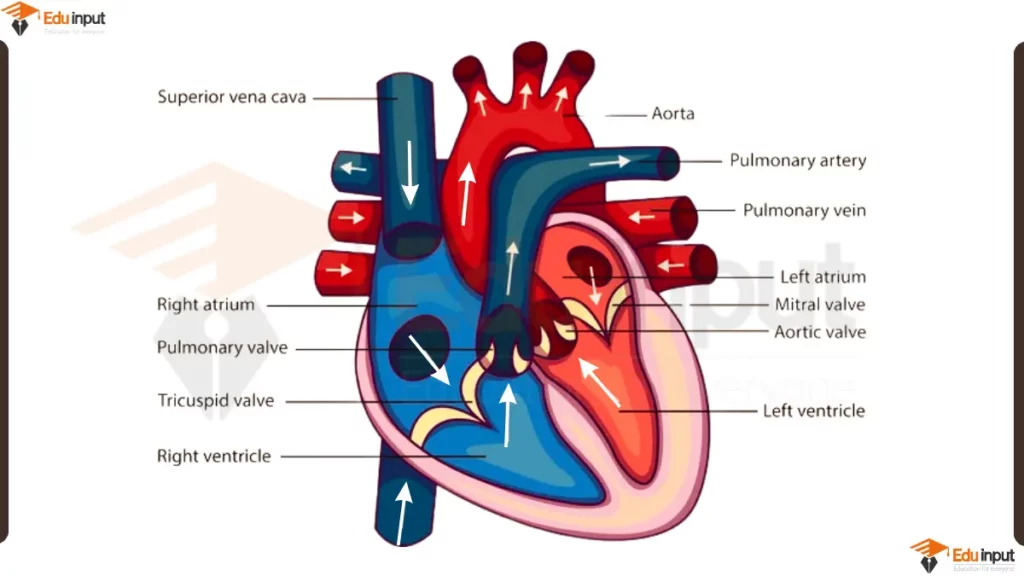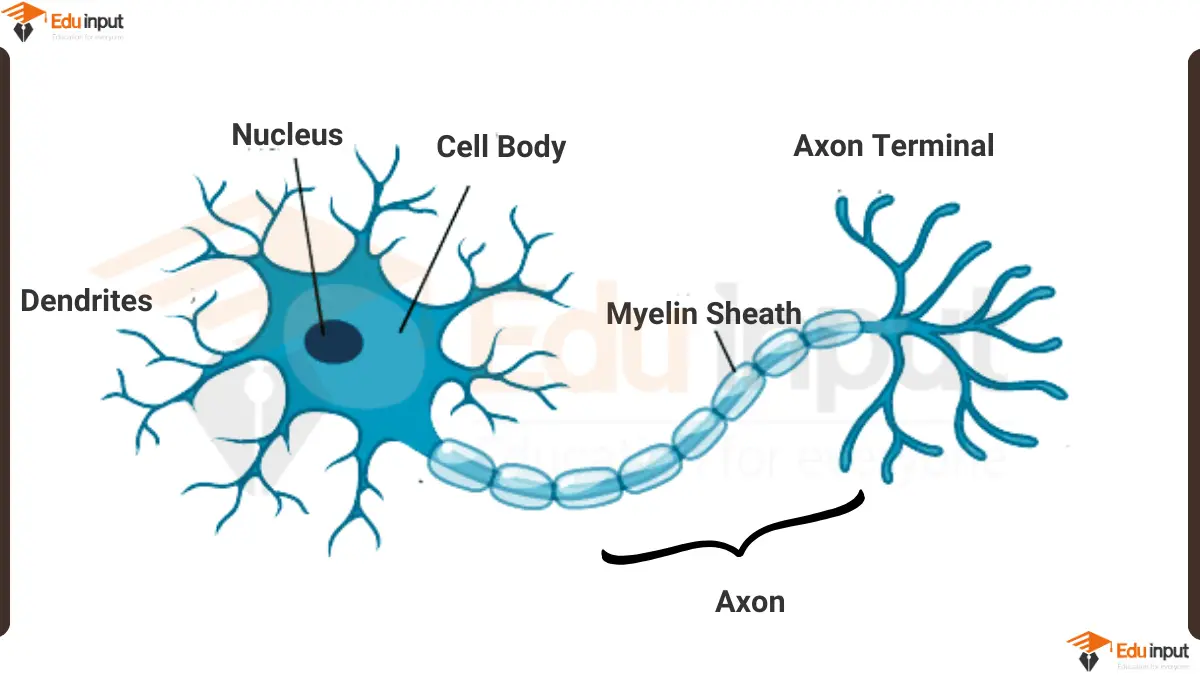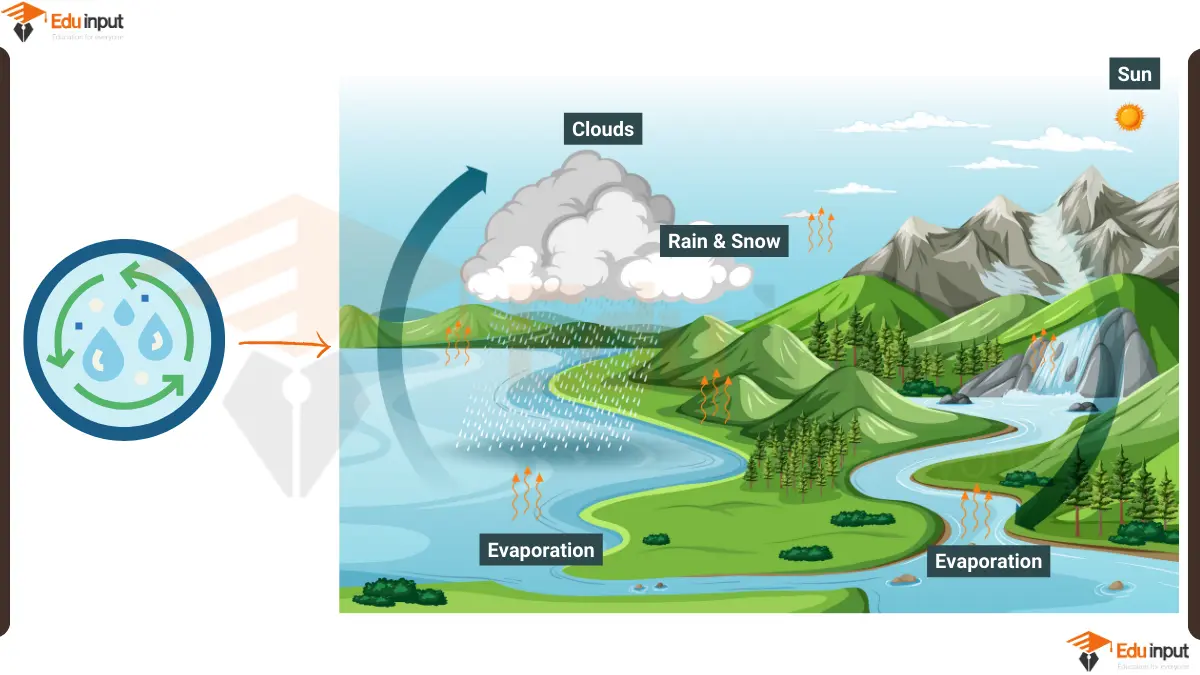Labelled Human Heart Diagram
February 14, 2024
Human Heart Diagram

Here are the main parts of the Human Heart and their functions:
- Superior vena cava: This large vein carries deoxygenated blood from the upper body to the right atrium.
- Pulmonary artery: This artery carries deoxygenated blood from the right ventricle to the lungs.
- Pulmonary vein: These veins carry oxygenated blood from the lungs to the left atrium.
- Left atrium: This chamber receives oxygenated blood from the lungs.
- Right atrium: This chamber receives deoxygenated blood from the body.
- Mitral valve: This valve separates the left atrium and the left ventricle. It opens to allow blood to flow from the left atrium to the left ventricle and closes to prevent blood from flowing back into the atrium.
- Pulmonary valve: This valve separates the right ventricle and the pulmonary artery. It opens to allow blood to flow from the right ventricle to the pulmonary artery and closes to prevent blood from flowing back into the ventricle.
- Tricuspid valve: This valve separates the right atrium and the right ventricle. It opens to allow blood to flow from the right atrium to the right ventricle and closes to prevent blood from flowing back into the atrium.
- Aortic valve: This valve separates the left ventricle and the aorta. It opens to allow blood to flow from the left ventricle to the aorta and closes to prevent blood from flowing back into the ventricle.
- Left ventricle: This chamber pumps oxygenated blood to the body through the aorta.
- Right ventricle: This chamber pumps deoxygenated blood to the lungs through the pulmonary artery.
File Under:

 written by
written by 





Leave a Reply